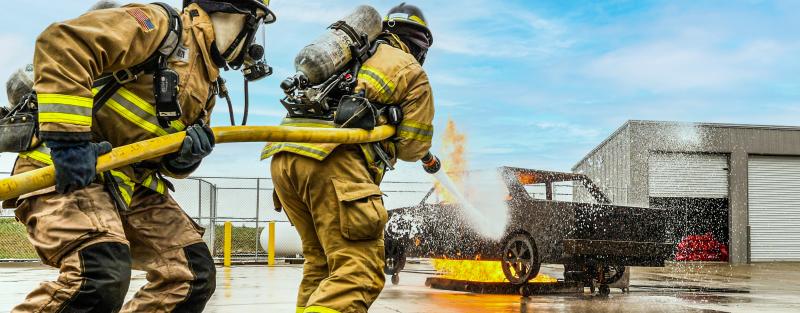Build a strong foundation in fire science skills with a fire science associate degree at Aims. If you have completed Aims Fire Academy, you have already earned 13 credit hours toward this degree. Completion of this degree qualifies you to earn a national firefighter certification.
The fire science degree covers several applications for EMT training, including medical and trauma emergencies. You’ll learn the skills tested for Firefighter I and II certification as well as hazardous materials (hazmat) training. These three certificates/certifications qualify you to work as a firefighter. After that, you’ll learn additional skills to make you a more versatile and valuable team member: driving, hydraulics, health and instructional methodology. Core associate degree requirements help you communicate with workplace teams, which is valuable to any career path.
